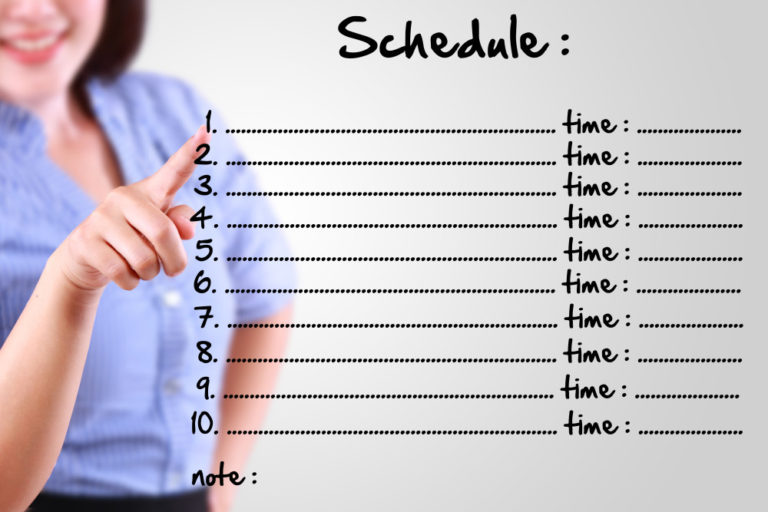In today’s fast-paced world, having a solid work-life balance isn’t just nice—it’s essential. Striking that balance helps you do well at work, grow personally, and keep your health in check. Managing your time wisely makes you more productive and leaves you with enough energy to enjoy life outside the office. Not sure how to achieve more balance? Here are some ideas.
Coaching is a great way to achieve better balance. As a coach, Jenny serves as a success partner, strategist, and personal advocate. We focus on YOU and on being proactive.

How Balance Improves Your Work Quality
Creating balance isn’t only about cutting back on work hours; it’s about using your time off in a way that keeps you feeling refreshed. By setting manageable hours and making room for downtime, you can avoid burnout and stay mentally sharp. This extra mental clarity lets you tackle work with a fresh perspective and makes problem-solving and creativity a lot easier—skills that are valuable in any career.
You may have noticed a renewed energy and motivation after a weekend. We aren’t machines; we need downtime!
Coaching is a great way to impact your work-life balance. It brings clarity, vision, and prevents burnout. As a coach, Jenny serves as a success partner, strategist, and personal advocate. She focuses on YOU and on being proactive.
Thriving Through Free Time
More free time opens doors to personal growth you might miss with a packed work schedule. Picking up a hobby, learning something new, or even just catching up on reading can have a big impact. These activities provide a refreshing counterbalance to work. They can actually make you better at your job by boosting your mental health and giving you a broader perspective.
Being well-rounded isn’t just rewarding; it also makes you better equipped to handle challenges in both work and life. It enriches your life. Especially hobbies you can share with others like music, art and dance.

Boosting Career Prospects through Education
Earning a degree can be a game-changer for your career, leading to a less stressful, more fulfilling work life. Online degrees give you the flexibility to continue your education while balancing work and family.
Specializations like managerial accounting or learning a computer programming language offer skills that are in demand, equipping you for roles in structured, intellectually engaging fields. Continuing your education doesn’t just elevate your qualifications; it also helps you maintain a healthy balance between career and personal life.
Time Management: The Key to Balance
Good time management is a huge part of work-life balance. By organizing your tasks and setting priorities, you can keep work from creeping into your personal time. Setting realistic goals, focusing on priorities, and delegating where possible are all time-savers.
Mastering these skills means less wasted time and more productive work hours, leaving room for the rest and relaxation you need for a balanced life. Trainings like Jenny’s Make Time Your Ally workshop will help you sharpen these skills.
Avoiding Burnout to Boost Health
Keeping a work-life balance can reduce the risk of burnout, which is physical, emotional, and mental exhaustion from prolonged stress. Setting boundaries between work and personal time protects your health, allowing you to handle responsibilities on both fronts with a clear mind. Reducing burnout isn’t just about feeling better; it also boosts your productivity and helps you stay engaged with your work over the long haul.
Stay Focused with Regular Breaks
Regular breaks are essential to staying focused. When you balance work with downtime, you give your brain the rest it needs to recharge, which helps you stay sharp during work hours. This improved focus translates to higher productivity and better work quality, linking a balanced lifestyle directly to career success.
Work-life balance is the key to a happy and successful life. By making it a priority, you’ll boost your productivity, improve your health, and create time for personal growth. Recognize the benefits of a well-rounded lifestyle to avoid burnout and bring out your best in all areas. Managing your time effectively is what allows you to succeed both at work and at home.
Jenny completes her executive coaching ACC accreditation in January 2025. She is currently accepting clients who want to thrive!















